Restoration work at the mosque in the Larnaca district village of Tochni has been completed, the bicommunal technical committee on cultural heritage’s co-chairmen Ali Tuncay and Sotos Ktoris announced.
“I share this with mixed emotions. On the one hand, the pain of the past and the lives lost, and on the other, a monument being resurrected today in the land where the pain was experienced: the Tochni mosque,” Tuncay said.
He said Tochni is “a place deeply wounded in Cyprus’ recent history”, and that “the village’s story bears its mark not only in the stones but also in our hearts”.
“Today, with the conservation work carried out at the Tochni mosque, we are carrying the traces of the past into the future. This includes strengthening the structure’s load-bearing walls, repairing the roof, and providing waterproofing,” he said.
He added that the mosque’s outdoor staircase, which served as a minaret, has “been preserved, aiming to ensure the sustainability of its original architectural fabric”.
“These efforts are not merely a restoration of a single structure. They are an expression of deep respect for the memories and the sentiments of those who lived, prayed, and laboured there,” he said.
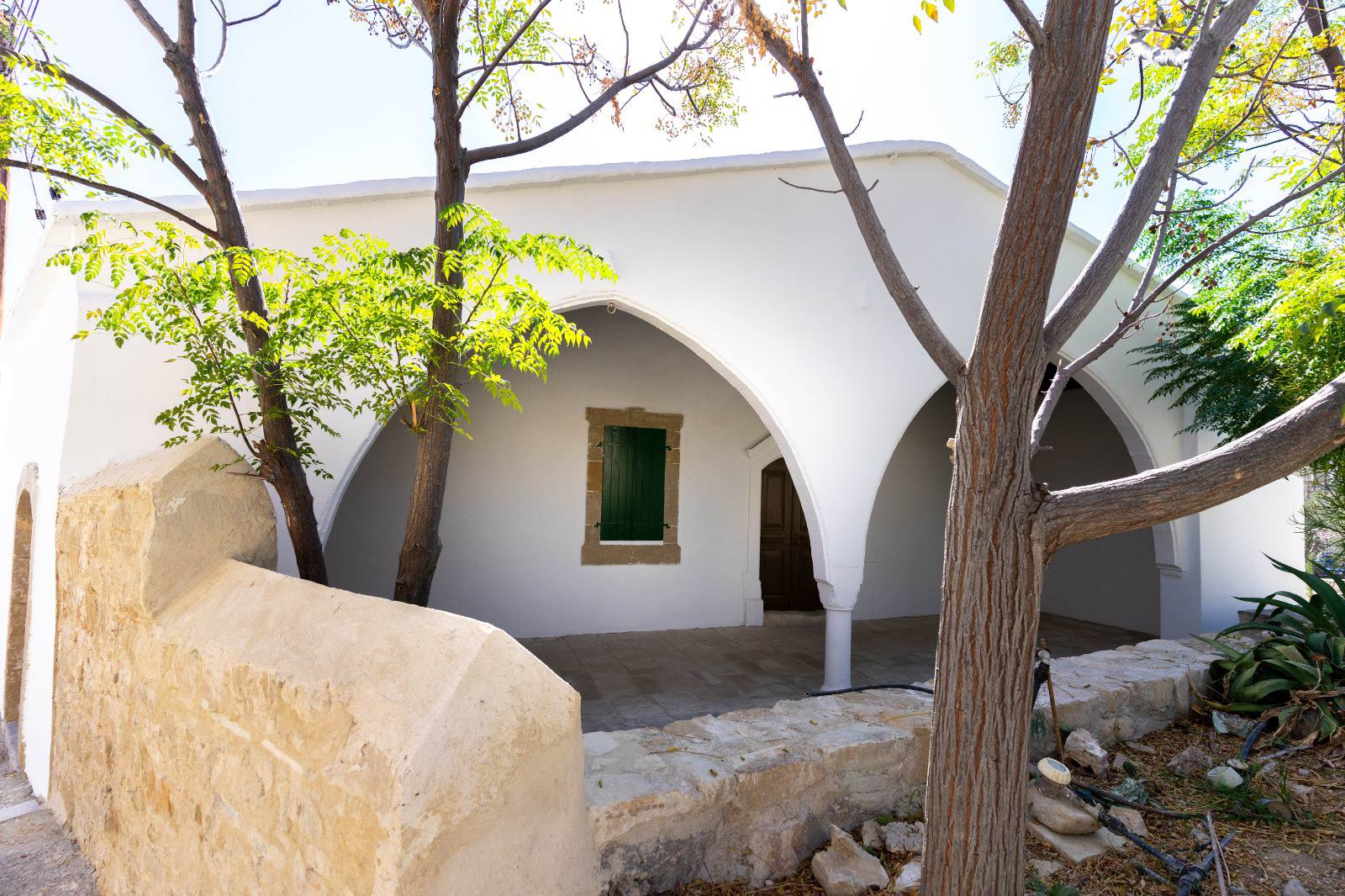
“By preserving these monuments, we are passing their memory on to future generations. The technical committee on cultural heritage conducts its work based on the principles of mutual respect, equality, and trust, because we believe that a culture of peace begins with protecting our shared heritage on the island.”
Ktoris explained that the project was carried out with the financial assistance of the European Union and the “technical guidance” of the United Nations’ development programme (UNDP).
Tochni was the scene of one of the starkest scenes of brutality during Cyprus’ intercommunal struggle, with the Turkish Cypriot men and boys from the village being rounded up and shot dead with automatic rifles on August 14, 1974, amid the second wave of Turkey’s invasion of the north of the island.
The men and boys, alongside inhabitants of the nearby villages of Mari and Zygi, were taken to Palodia, where they were lined up and shot, before being buried in a makeshift mass grave. In total, 84 people were killed.
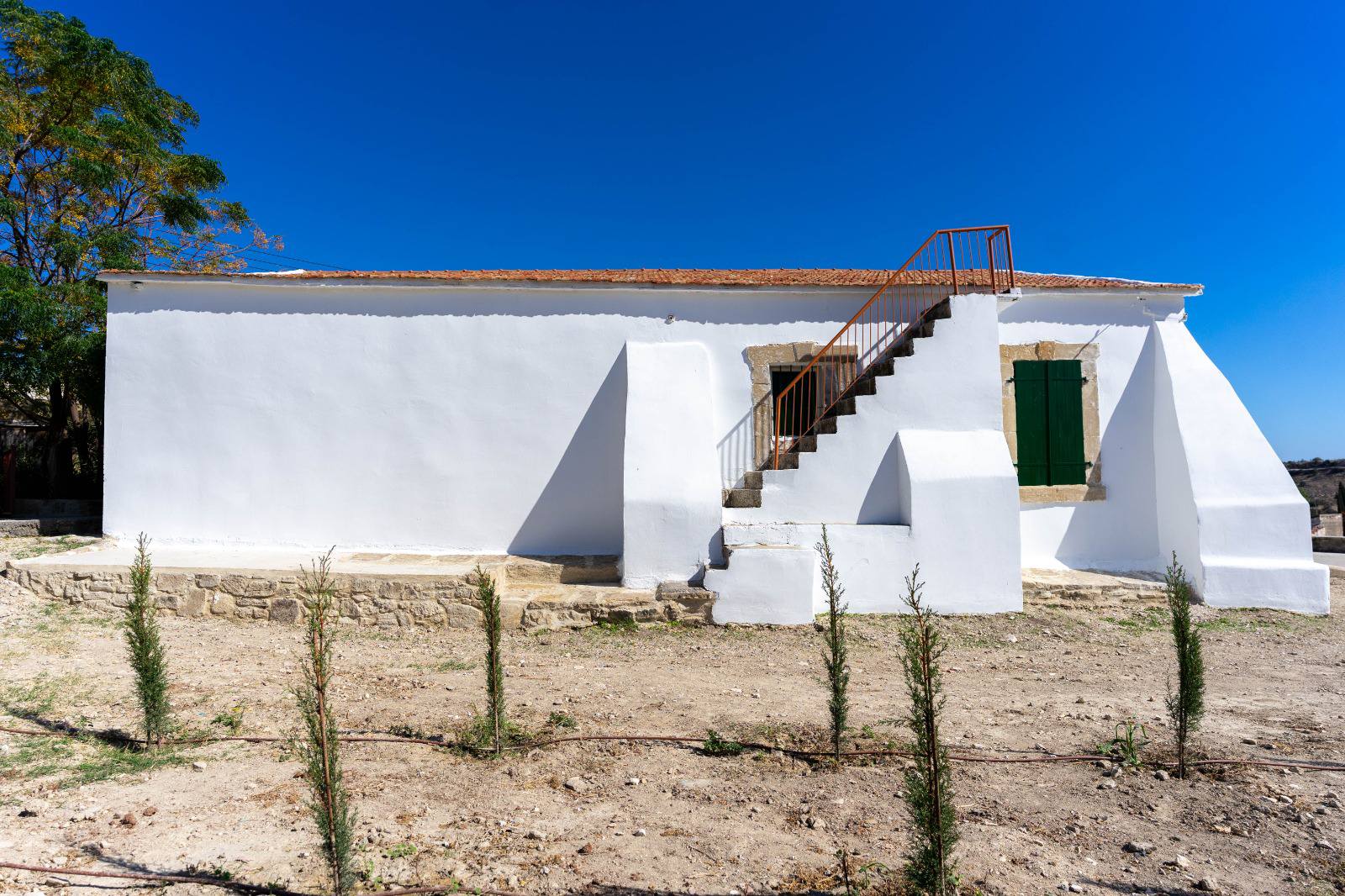
Former foreign minister Erato Kozakou-Markoullis publicly apologised to the Turkish Cypriot community for the massacre in 2016, following the funeral of 33 Turkish Cypriot Tochni residents whose remains had been identified by the Committee on Missing Persons.
“I feel the need to express a sincere public apology to our Turkish Cypriot compatriots for the horrific crimes committed on August 14, 1974 by Eoka B extremists against 126 women and children in the villages of Aloa, Maratha and Sandalaris, and 85 civilian men, including a boy of 12 years from the village of Tochni,” Markoullis said.
Markoullis faced backlash for her apology but defended her statement to the Cyprus Mail shortly afterwards.
“I have always felt this way. Today I have the ability, now that I am fully independent, to express my opinion,” she told the Cyprus Mail.

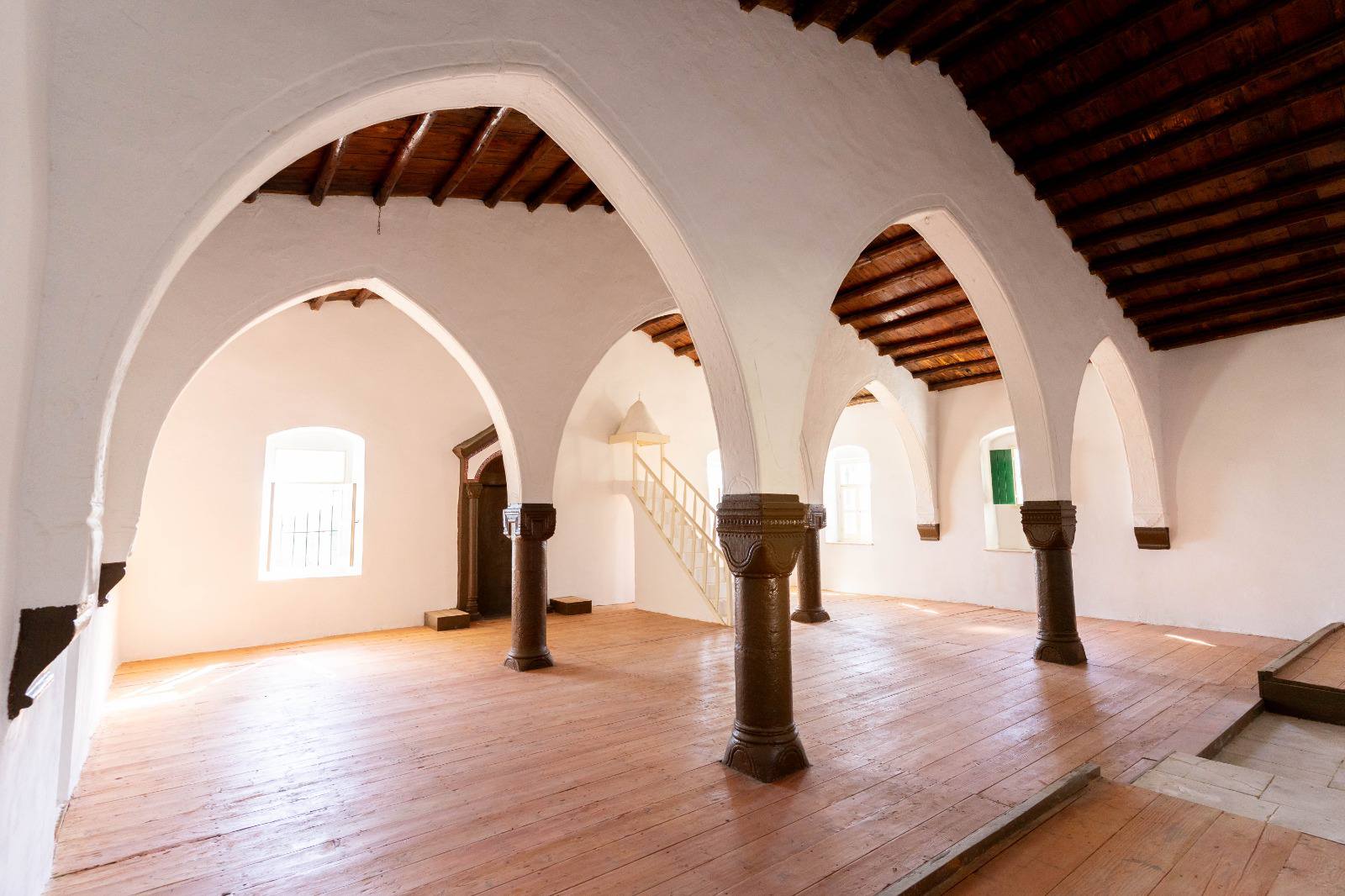

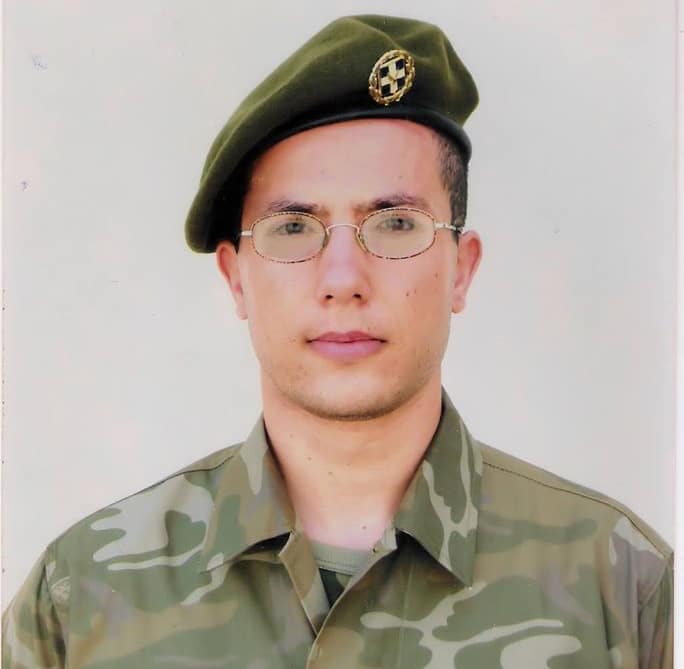
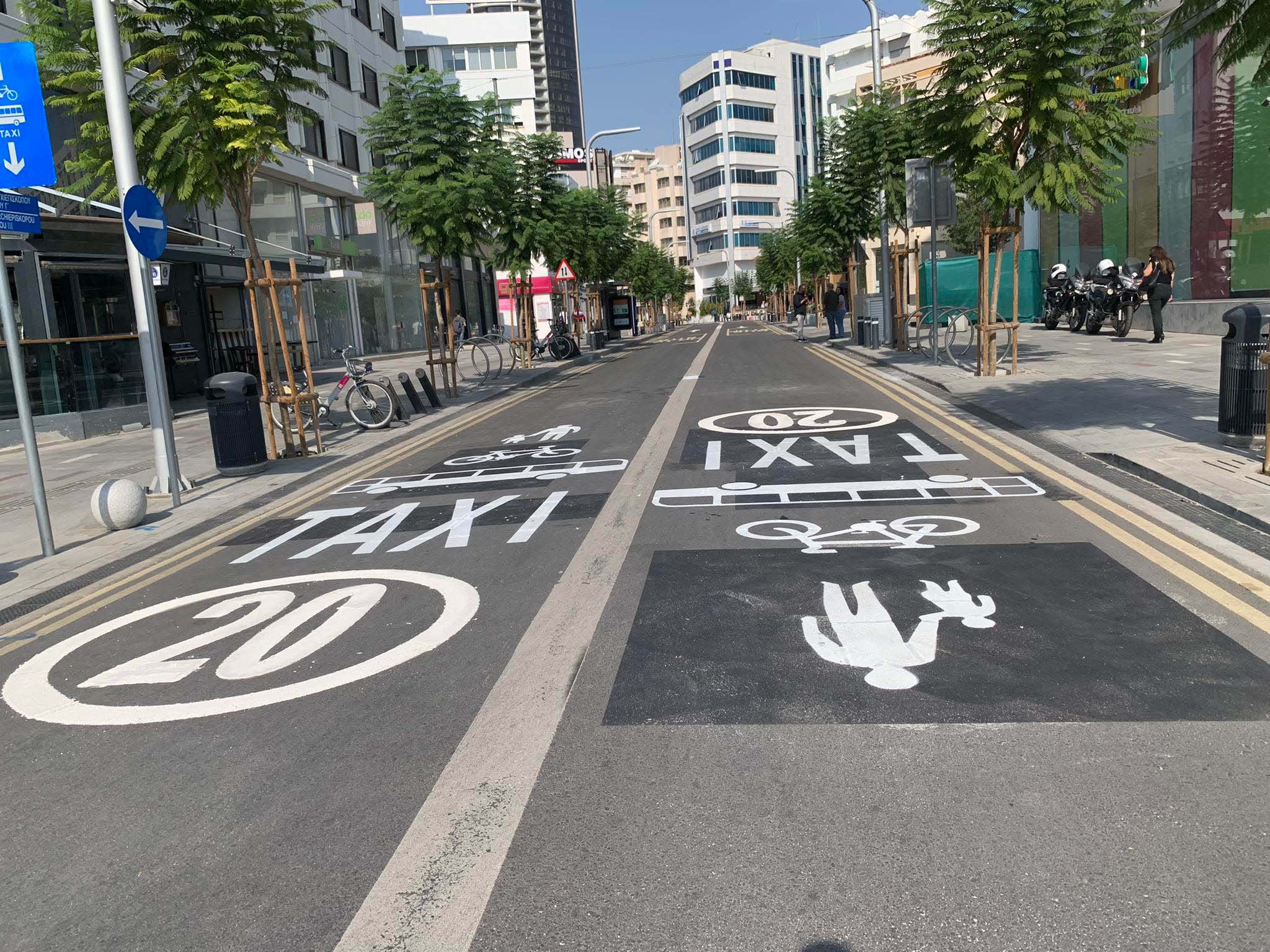
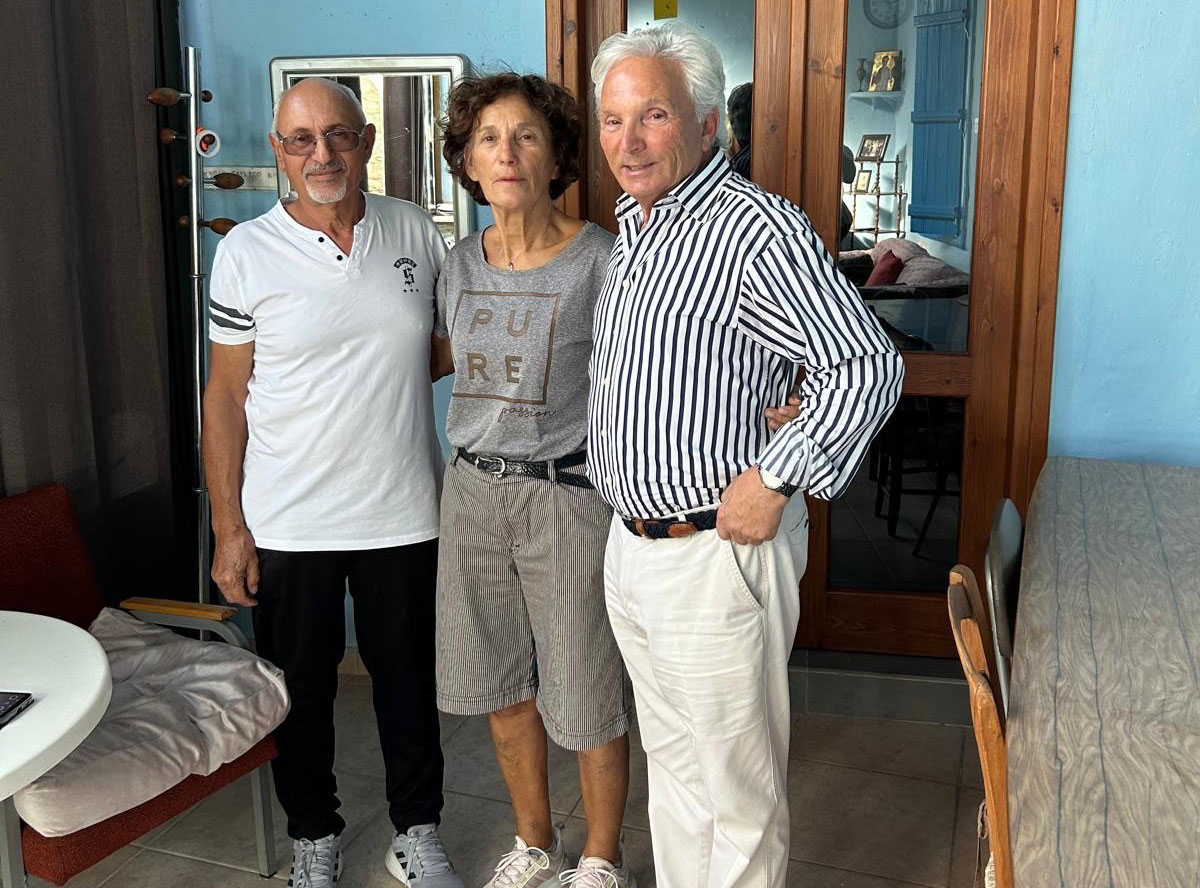
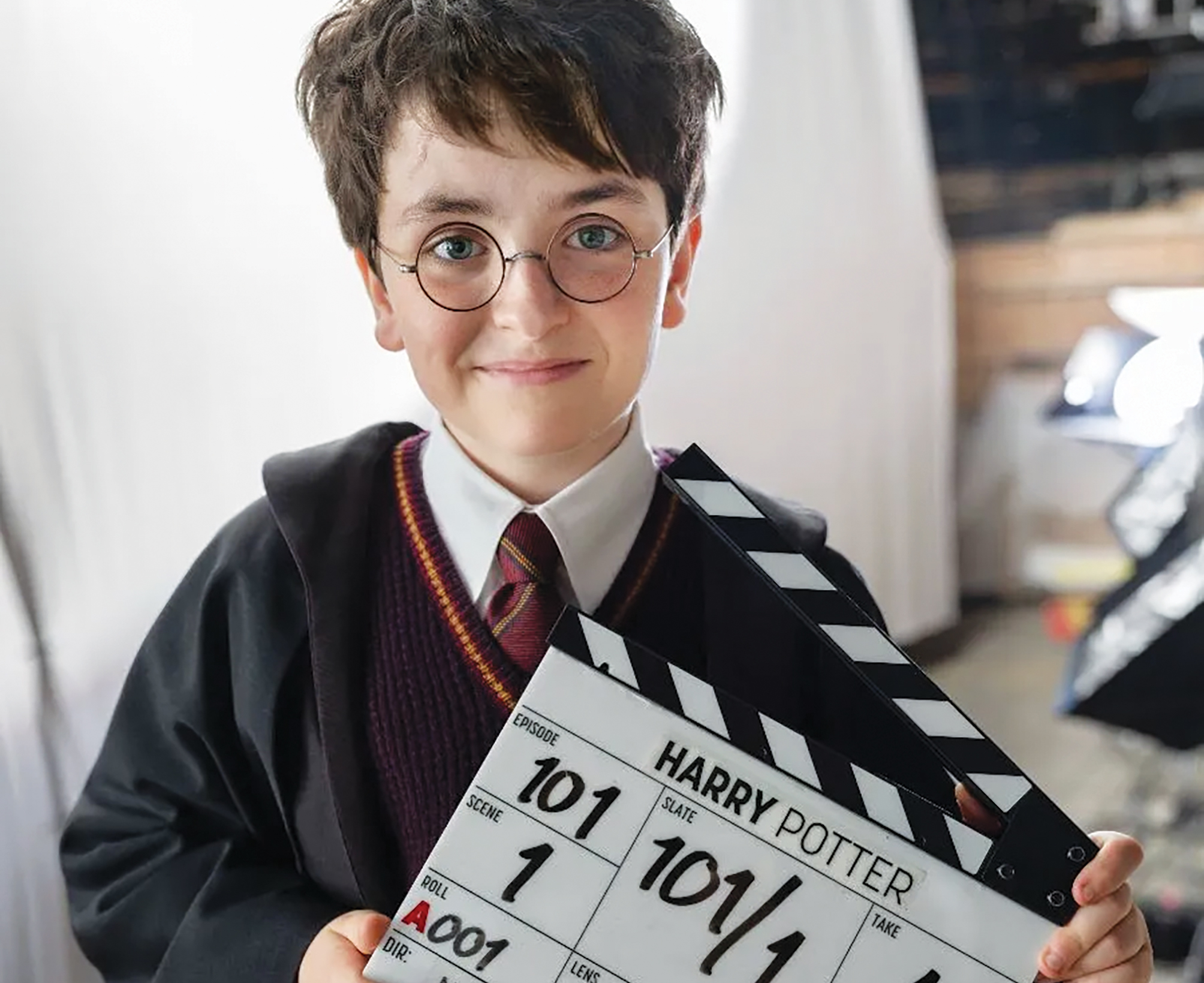
Click here to change your cookie preferences